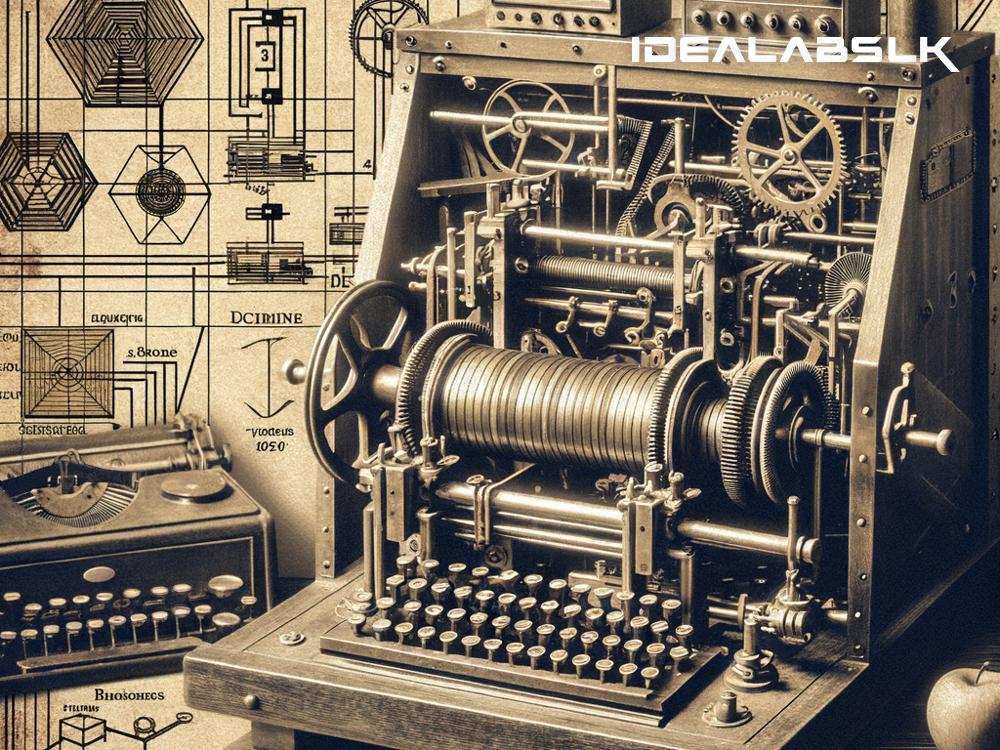Title: The Birth of 3D Printing: A Journey into Its Inception
Have you ever watched a printer create a three-dimensional object right before your eyes? It feels a bit like magic, doesn't it? This magical technology, known as 3D printing, is now widely used across industries, from making intricate jewelry to building parts for spacecraft. But have you ever wondered how this incredible technology came to be? The story of how 3D printing was first conceived is a fascinating tale of imagination, innovation, and persistence.
The Spark of Invention
The journey into the conception of 3D printing technology takes us back to the 1980s, a time when the world was on the cusp of a technological revolution. Computers were becoming household items, and digital technology was making leaps and bounds. It was during this era of creativity and exploration that the idea of 3D printing began to take shape.
The man credited with inventing the first 3D printing technology is Chuck Hull, an engineer by profession. One night in 1983, Hull was working late in his lab, playing around with a method called stereolithography. This process involved using ultraviolet light to harden a photosensitive resin, layer by layer, to form a solid object. Hull had a eureka moment when he realized that this technique could be used to create three-dimensional objects from digital data. He envisioned a machine that could build any object, layer by layer, from digital designs. From this vision, the concept of 3D printing was born.
Early Days and Challenges
Chuck Hull faced numerous challenges as he worked to turn his idea into reality. One of the biggest hurdles was developing a material that could be used in the printing process. The material needed to be sensitive enough to be shaped by light, yet durable enough to form a solid object. After months of experimentation, Hull succeeded in creating a resin that met these requirements.
In 1984, Hull filed a patent for his invention, which he called "stereolithography," marking the official birth of 3D printing technology. He also coined the term "STL file format" to describe the digital data format that could be used to create the layers in the printing process. The STL file format is still widely used in 3D printing today.
With his invention patented, Hull founded 3D Systems Corporation, a company dedicated to advancing 3D printing technology. The first commercial 3D printer, the SLA-1, was introduced to the market in 1987. It was a groundbreaking moment, but the technology was still in its infancy. The machines were expensive, and the process was slow, making it accessible only to a small market of high-end users in industries like aerospace and automotive design.
Evolving Technology and Expanding Horizons
Despite its slow start, the potential of 3D printing technology was undeniable. Over the years, inventors and engineers continued to refine and develop the technology. New methods, such as fused deposition modeling (FDM), selective laser sintering (SLS), and direct metal laser sintering (DMLS), were introduced, each opening new possibilities for what could be created.
As technology advanced, the cost of 3D printers began to drop, making them more accessible to smaller companies, schools, and even hobbyists. Today, 3D printers can be found in classrooms, workshops, and homes, inspiring a new generation of inventors and makers.
The Power of a Vision
The conception of 3D printing technology is a testament to the power of vision and perseverance. From Chuck Hull's original idea to the sophisticated printers we see today, 3D printing has come a long way. It is not just about creating objects; it is about reimagining manufacturing, prototyping, and even healthcare. 3D printing is now used to create everything from bespoke prosthetics to parts for the International Space Station.
Looking to the Future
The story of how 3D printing was first conceived reminds us that innovation often starts with a simple idea. As we stand on the brink of new technological advancements, it is exciting to think about what the future holds for 3D printing. With ongoing research into new materials and processes, the possibilities are endless. From constructing buildings on Mars to creating organs for transplantation, the journey of 3D printing technology is far from over.
As we look toward a future filled with yet unimaginable inventions, we owe a nod to the pioneers like Chuck Hull who saw the potential of their ideas and persisted. Their courage to explore uncharted territories continues to inspire dreamers and innovators around the world, reminding us that with creativity and determination, the next revolutionary idea might just be around the corner.

